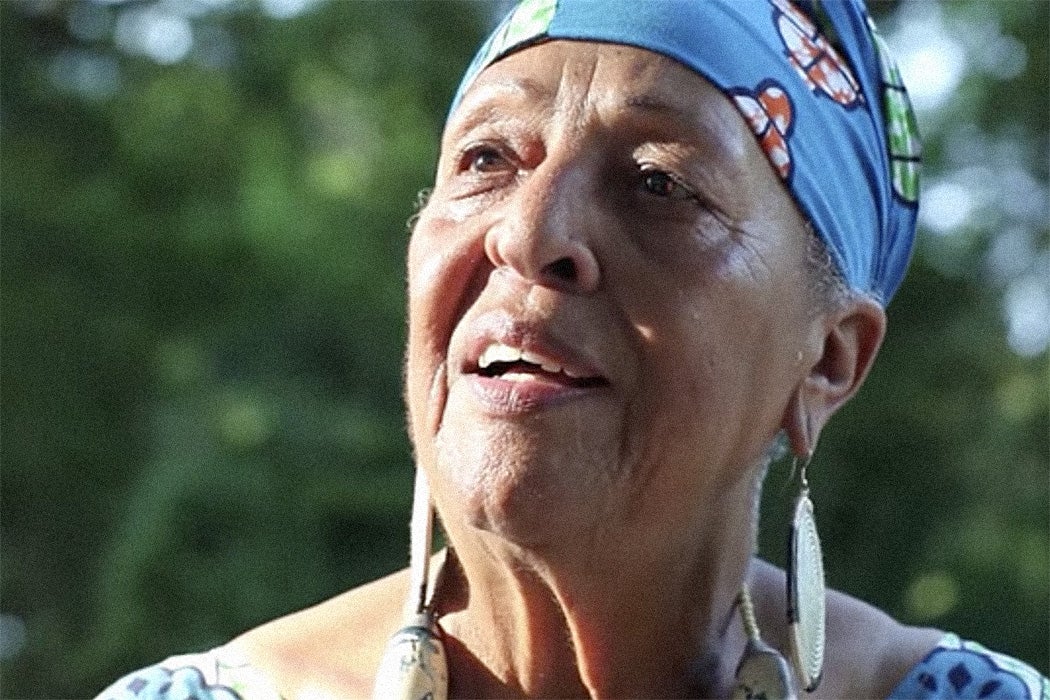Each year, people interested in African American food cultures, spirituality, music, and crafts flood to the coasts of the southeastern US to visit Gullah/Geechee communities. As anthropologist J. Lorand Matory writes, these communities have long been viewed as exceptionally “authentic” in their preservation of African culture in the US due to their “isolation.” But Matory argues that, in fact, much of what makes Gullah/Geechee people unique are the connections they’ve had with other parts of the country and the world over the centuries.
The Gullah/Geechee people are descended from enslaved Africans who built the rice, cotton, and indigo plantations in the coastal and island Lowcountry between North Carolina and Florida. Today, many people in that area continue to speak a distinctive creole language heavily influenced by West African languages. Many of their cultural practices, including music, spirituality, and rice-growing and cattle-raising techniques, also echo those found in West and West-Central Africa.
Matory argues that this distinctly African-influenced culture was the product of a number of factors, including a form of “isolation”—the swampy region harbored tropical diseases to which many Africans had some immunity but helped keep most white people away. Yet the coastal culture also reflected ongoing influences from other parts of the world. In the eighteenth century, South Carolina was a particularly cosmopolitan place. Ships regularly moved goods and people from its ports to Africa and the Anglophone Caribbean.
People of African descent also frequently moved from plantation to plantation within the region. And some traveled long distances—either with an enslaver or after self-emancipating. Some also made alliances elsewhere in the African diaspora. For instance, Denmark Vesey and Gullah Jack, who planned a 1822 slave rebellion, did so in consultation with Black leaders in Haiti.
In the decades after the Civil War, Matory writes, people from outside the Gullah/Geechee community frequently traveled to the Lowcountry to consult with root doctors. Some of these practitioners supplemented their African healing and magical traditions by consulting books, including Hindu Magic and The Sixth and Seventh Book of Moses, both written by white authors. And they were far from sheltered in their dealings with the rest of the US. For example, during World War II, Peter Murray, known as Dr. Bug, provided medicines to his clients to induce heart palpitations so that they would fail physicals for the draft.
Weekly Newsletter
Paradoxically, another way in which the Gullah/Geechees were connected to other parts of US society was through outsiders who were fascinated by their “authenticity.” Over the decades, Freedmen’s Bureau officials, folklorists, gallery owners, philanthropists, ministers, scholars, and many others have flocked to the Lowcountry to teach and learn from the “isolated” group. And of course, some Gullah/Geechees traveled the country, studied at far-flung universities, and returned home to participate in various cultural revivals.
Matory writes that it’s important to reexamine the “isolation” model “because of what it unreflectively implies about African culture: that people choose African ways of doing things only when they are unaware of non-African alternatives.” In reality, he writes, many African diasporic people, including the Gullah/Geechees, have been actively choosing African ways for centuries.







